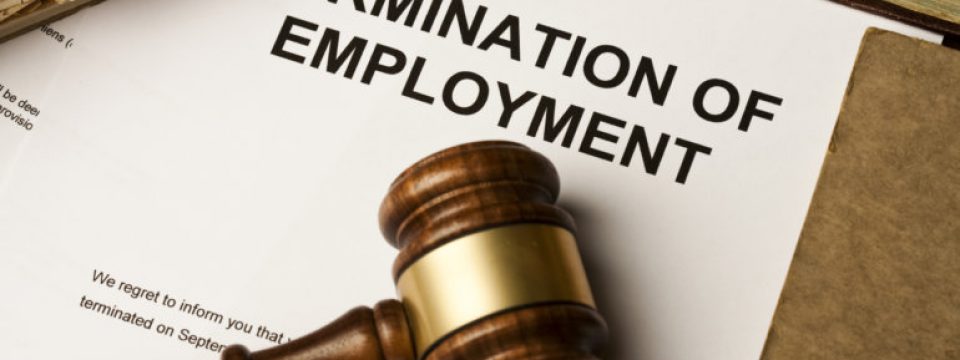Negotiating your own settlement may seem complex and daunting, but anyone can represent themselves, with the right approach. In doing supported self-representation, you really have nothing to lose, and everything to gain.
1. Assess the strength of your case
Your employer is more likely to negotiate a settlement if you have a strong case, because of the risk of being taken to and losing the case in the Employment Tribunal. If you are thinking of starting a case, try our ‘Do I have a case‘ app to assess the strength of your case.
2. Decide on your negotiating strategy
If you believe you have a reasonably strong case, you should decide on your strategy for negotiating. Read these two articles to help you:
- Negotiating
- Evidence
Generally, we recommend that your best negotiating strategy will be to write a letter to your employer, setting out your case.
Normally, a strong letter will get a reply from your employer setting out their side of the story.
Their response letter will expose their counter-arguments and will help you understand the extra evidence that you will need to obtain to negotiate a good settlement.
3. Write a without prejudice letter
Without prejudice means off the record, so if you get it wrong, it can’t be used against you later on. This means it could not be used against you in an investigation at work or referred to by a judge in any Employment Tribunal should you decide to start a claim.
Our website provides some free letter builder tools which, depending on your case, will write the structure out for you, so you just have to fill in a few personal details:
- Redundancy
- Coronavirus health & safety
- Performance unfair dismissal
- Unlawful deduction of wages
We also have a selection of without prejudice letters here:
You can also read about writing a good without prejudice letter in our advice articles here:
4. Assess your employer’s response
There are 3 types of responses that we usually see from employers:
Complete denial
This usually includes writing back to you to say that you have no hope and that they will not negotiate with you. In these circumstances, it’s time to escalate matters.
Partial denial
This includes a letter similar to complete denial, but will leave a glimmer of hope. The glimmer of hope could be asking for more information in writing or inviting you to a meeting. At this point, you should respond to their specific queries as often negotiations are hampered by misunderstandings in the facts, which can be easily resolved by email. Our do I have a case tool provides a reading list for this process.
No reply
Employers often won’t respond at all, or will acknowledge receipt of your letter without actually responding. This can be frustrating but you need to chase them. If you’ve chased them and there is still no response, then it’s time to escalate matters.
5. Escalate matters internally
You can submit a formal written grievance if you’re still employer. In doing so, you should follow your employer’s written procedure. Examples of grievance letters can be found here.
A grievance can use the same structure as was used in your without prejudice letter, but taking out any mention of settlements or tribunals. Essentially, it’s a statement of facts regarding your circumstances and what happened.
Writing a grievance tells your employer that you won’t give up, which is just another reason for them to offer a settlement.
Another way of encouraging your employer to offer a settlement is to raise a subject access request, which can be read about here. You can also see our example DSAR’s here.
A DSAR is a request for all the information that your employer has about you, including internal emails which may be discussing you.
6. Escalate matters externally
It is crucial that you obtain a certificate from ‘ACAS’ before the 3 month time limit has expired. Doing so is discussed on our page here and you can read about 3 month time limits here.
An ACAS certificate will give you a month to issue en Employment Tribunal claim, doing so is explained here and you can see our example Employment Tribunal claim documents here.
7. Settlement agreement offers
If at any stage your employer offers you a settlement, play it cool and don’t just accept the first offer they make. Read our article on how much you should get here, and read the guidance on our calculator page here.
There is always an amount of money for legal fees set out in the settlement agreement document itself, so don’t hesitate to call a lawyer to support negotiations at this point. This is usually for the legal costs of going through this lengthy document with you and will not result in any additional cost to you as it will be invoiced directly to your employer.
Your solicitor will then go through this document in detail with you to discuss whether you should try to negotiate an increased amount. We at Monaco Solicitors can offer a no win no fee basis for this.
Once you are happy with the settlement amount, we would countersign the document to confirm that all of the legal wording in the document has been explained to you in plain English and that you have understood.

